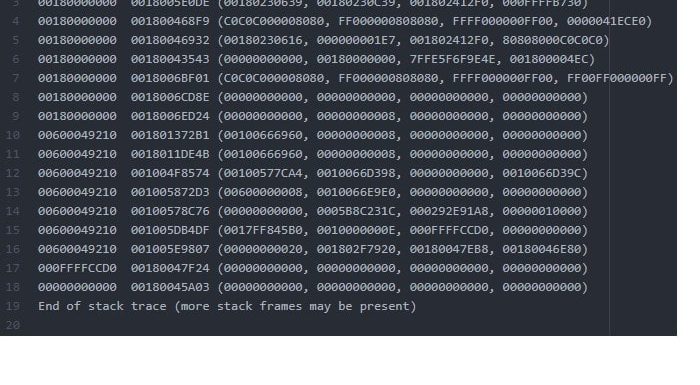
Ever since the evolution of all the modern Javascript frameworks like Angular, React, and Vue, the terms pre-rendering and server-side rendering are trending all over the internet. Many developers develop an amazing app with these frameworks but fail to make it search-friendly.
Over the past couple of years, many questions have been asked by the developers on the websites like Github and Stack overflow.
To make it easier for the developers to understand the concepts of pre-rendering and server-side rendering, we bring this article with a detailed explanation about these topics. Travel through this article and get the detailed information regarding the same.
But before we begin, you need to know a few terms widely used in the web development industry. These terms are single-page application, routing, multi-page application explained below.
– Single page application
A single page application has just one HTML file/page and all the other content is compiled within that HTML file. This data structure makes internet page navigation really easy for the users. This is one of the best combinations when it comes to the user experience. Because users do not need to wait for a longer time in order to navigate from one page to another.
Most of the modern frameworks are Single page applications including Angular, React, and Vue.js. If you do not use the proper CLI (Command-line interface) then you won’t be able to take advantage of the advanced features of these frameworks.
– Routing
The term routing is used for pagination purposes. To establish successful and fast navigation from one page to another routing method is used. All the frameworks have different ways of routing but the ultimate goal of these routes is to make the internal page navigation easy.
– Multi-page application
The multi-page application is a total opposite of a single-page application. Multi-page applications have several HTML files and it is much easier for a developer to make a multi-page application search-friendly compared to single page application.
Now, let’s get back to the main part. What is pre-rendering and server-side rendering and which one should you use?
Importance of pre-rendering and server-side rendering:
As discussed above, single-page applications have just one HTML file, and all the content gets compiled dynamically. This feature is good for the page experience but it is not great for search engines. Due to the dynamic behavior of single-page applications, it gets difficult for the search engines to read what’s there on the page. The search engines must walk an extra step to be able to read the content on a page.
As of now, just Google and Bing have officially said that they can read the dynamic content on a page. Apart from these search engines, no other major search engine has the ability to read dynamic content. Some of the single-page application frameworks use hexadecimal numbers to fasten the response. These hexadecimal numbers are 16-bit numbers that humans cannot read and understand. To be able to read these hex numbers, a server needs to convert hexadecimal into decimal numbers and show it to the users.
Pre-rendering
Pre-rendering is the process of creating separate HTML files for each page on the router.js file. The best part about Pre-rendering is that it does not require a server-side programming language or framework to perform the operation. For that reason, many developers get attracted toward implementing pre-rendering techniques to their products. But the fact is, there are a few conditions behind implementing the pre-rendering technique.
– There should not be dynamic content
Here, the dynamic content means if your app is sending too many requests to the back-end and receiving a lot of data from the back-end. In this situation, the app might find difficulty while creating the HTML files and serving those files to the search engines.
– There should be a maximum of 20 pages
Yes, this is another huge disadvantage of the pre-rendering technique. With this technique, a user can only have access to just 20 pages. If you apply the pre-rendering technique on a website that has more than 20 pages, then the app will crash badly.
So, what’s the solution?
Server-side rendering is the solution for these issues. Let’s discuss SSR below.
Server-side rendering
As the name suggests, server-side rendering needs a server to perform this technique. If you have hundreds of pages on your website and you are dealing with a lot of dynamic content then server-side rendering is the right choice. Normally, a node.js server is used to perform a server-side rendering technique. There are a few disadvantages of this SSR technique as well.
– A server is required
Since server-side rendering technique requires a server, a developer must have a decent knowledge about back-end development. Along with that, the server-side rendering technique is also complicated. A developer must spend a huge amount of time while developing such a product and in case anything goes wrong, search engines might penalize a website from the search.
If you do not want to perform the server-side rendering technique by yourself then you can also opt for an SSR framework. There are several frameworks to perform this technique. The frameworks are Nuxt.js and Next.js. Nuxt.js is used for the Vue.js website and Next.js is used for the react.js framework.
So, above is a detailed explanation of both pre-rendering and server-side rendering techniques. If you are still facing any doubts regarding these techniques, then do share your thoughts with us by commenting below.
